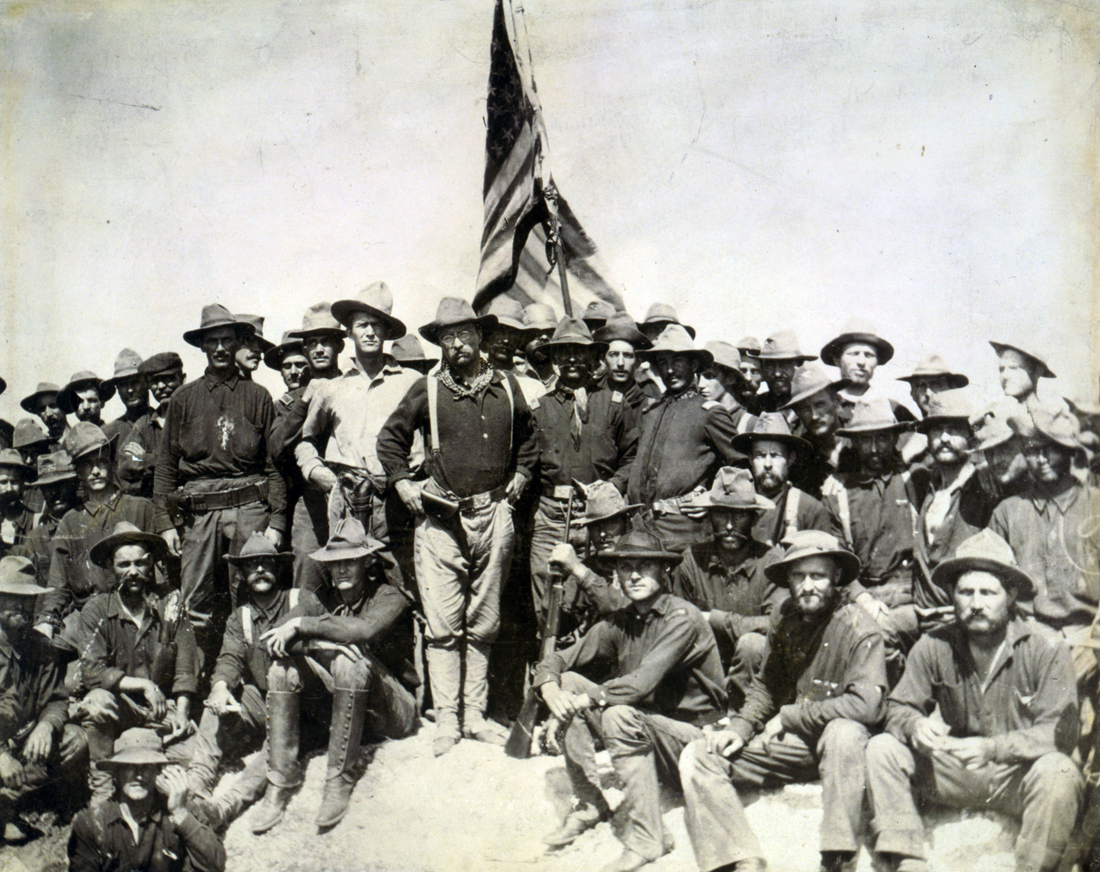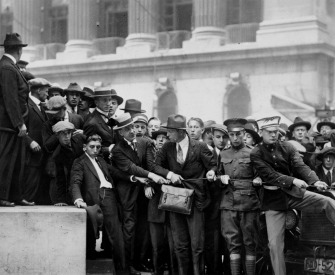DEFINITION
Assassination is a term thought to be derived from hashish, a drug similar to marijuana that is said to have been used by the eleventh-century Islamic leader Hasan ibn al Sabbah to induce motivation in those of his followers who would carry out political and other murders, usually at the cost of their lives.
EMPLOYMENT
Assassination is an extreme measure, and it should be assumed that it will never be ordered or authorized by any U.S. headquarters, though officials may in rare instances agree to its execution by members of an associated foreign service.
No assassination instructions should ever be written or recorded. Ideally, only one person will be involved. No report may be made, though the act will usually be properly covered by news services.
JUSTIFICATION
Murder is not morally justifiable. Assassination can seldom be employed with a clear conscience. Persons who are morally squeamish should not attempt it.
CLASSIFICATIONS
The techniques employed will vary depending on whether or not the assassin himself is to be killed with the subject. If the assassin is to die with the subject, the act will be called “lost.” If the assassin is to escape, the act will be called “safe.” It should be noted that no compromise should exist here. The assassin must not fall alive into enemy hands.
Assassination techniques will also be affected by the subject’s vulnerability. Assassinations in which the subject is unaware of his danger will be termed “simple”; those in which the subject is aware but unguarded will be termed “chase”; those in which the victim is aware but guarded will be termed “guarded.”
A further division concerns whether or not it is necessary to conceal the fact that the subject was actually the victim of assassination. If such concealment is desirable, the act will be called “secret;” if concealment is immaterial, the act will be called “open.” If the assassination requires publicity to be effective, it will be termed “terroristic.”
Following these definitions, the assassination of Julius Caesar was safe, simple, and terroristic, while that of Huey Long was lost, guarded, and open. Obviously, successful secret assassinations are not recorded as assassinations at all.
THE ASSASSIN
Except in terroristic assassinations, it is desirable that the assassin be transient. In a lost assassination, the assassin must be a fanatic of some sort. Politics, religion, and revenge are about the only feasible motives. Since a fanatic is unstable psychologically, he must be handled with extreme care.

Theodore Roosevelt and his Rough Riders at the top of San Juan Hill, Cuba, 1898. Photograph by William Dinwiddie. United States Library of Congress Prints and Photographs Division Washington, D.C.
TECHNIQUES
A human being may be killed in many ways, but the assassin should always be cognizant of one point: death must be absolutely certain. The attempt on Hitler’s life failed because those planning the conspiracy did not give this matter proper attention.
Techniques may be considered as follows:
Manual
It is possible to kill a man with bare hands, but very few are skillful enough to do it well. Even a highly trained judo expert will hesitate to risk killing by hand unless he has absolutely no alternative. The simplest local tools are often the most efficient means of assassination—a hammer, ax, wrench, screwdriver, fire poker, kitchen knife, lamp stand, or anything hard, heavy, and handy. A length of rope or wire or a belt will do if the assassin is strong and agile. All such improvised weapons have the important advantage of availability and apparent innocence. The obviously lethal machine-gun failed to kill Trotsky where an item of sporting goods succeeded.
Accidents
For a secret assassination, the contrived accident is the most effective technique. When successfully executed, it causes little excitement and is only casually investigated.
The most efficient accident is a fall of seventy-five feet or more onto a hard surface. Elevator shafts, stairwells, unscreened windows, and bridges will serve. Bridge falls into water are not reliable.
A private meeting with the subject may be arranged at a properly cased location. The act may be executed by a sudden, vigorous tripping at the ankles, tipping the subject over the edge. If the assassin immediately sets up an outcry, playing the “horrified witness,” no alibi or surreptitious withdrawal is necessary.
Falls in front of trains or subway cars are usually effective, but these require exact timing and can seldom be free from unexpected observation.
Automobile accidents are less satisfactory. If the subject is to be deliberately run down, exact timing is necessary and investigation is likely to be thorough. The subject may be stunned or drugged and then placed in a car, but this is reliable only when the car can be run off a high cliff or into deep water without observation.
Edge and Blunt Weapons
Any locally obtained sharp-edged device may be successfully employed, though a minimum amount of anatomical knowledge is needed for reliability. The most reliable methods are severing the spinal cord in the cervical region (with the point of a knife or a light blow with an ax or hatchet) and severing the jugular and carotid blood vessels on both sides of the windpipe.
As for blunt weapons, their main advantage is their universal availability. A hammer may be picked up almost anywhere in the world. Baseball bats are widely distributed. Even a rock or a heavy stick will do, and no weapon need be disposed of.
Blows should be directed to the temple, the area just below and behind the ear, and the lower, rear portion of the skull. Of course, if the blow is very heavy, any portion of the upper skull will do. The lower frontal portion of the head, from the eyes to the throat, can withstand enormous blows without fatal consequences.
Explosives
A small or moderate explosive charge is highly unreliable as a cause of death, and time-delay or booby-trap devices are extremely prone to kill the wrong man.
Bombs or grenades should never be thrown at a subject. While this will always cause a commotion and may even result in the subject’s death, it is sloppy, unreliable, and bad propaganda.
EXAMPLES
[Agents] may be presented brief outlines, with critical evaluations of the following assassinations and attempts: Archduke Francis Ferdinand, Gandhi, Harding, Hitler, Lincoln, Huey Long, Marat, Mussolini, Rasputin, Roosevelt, Trotsky, and Truman.
These materials are reproduced from www.nsarchive.org with the permission of the National Security Archive.
From “A Study of Assassination,” unsigned and undated by its authors in Washington before its transmission to Guatemala, there to be studied by operatives wondering how best to approach the problem of Jacobo Arbenz Guzmán, the newly elected Guatemalan president advocating democratic land reform.
Back to Issue





